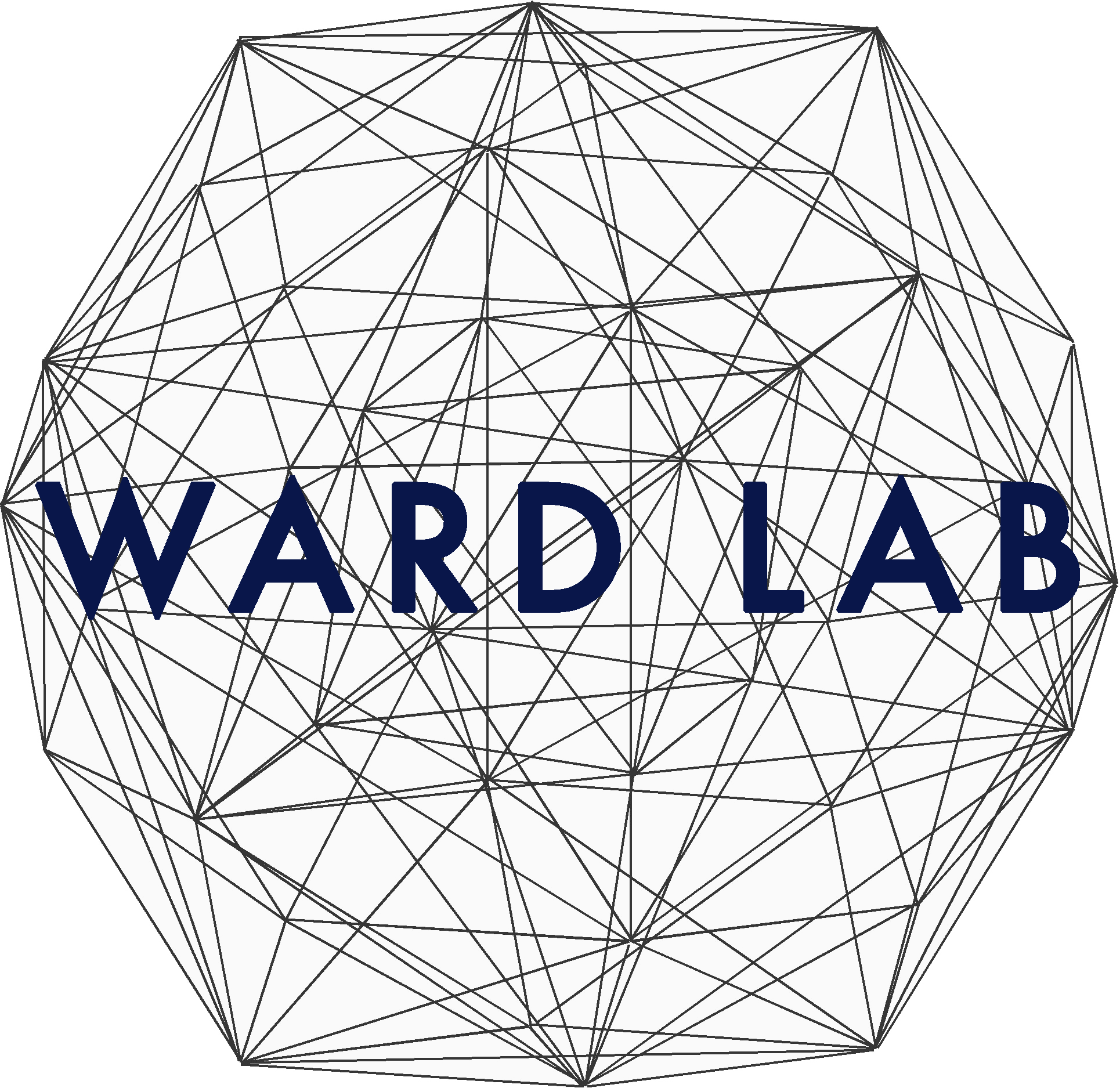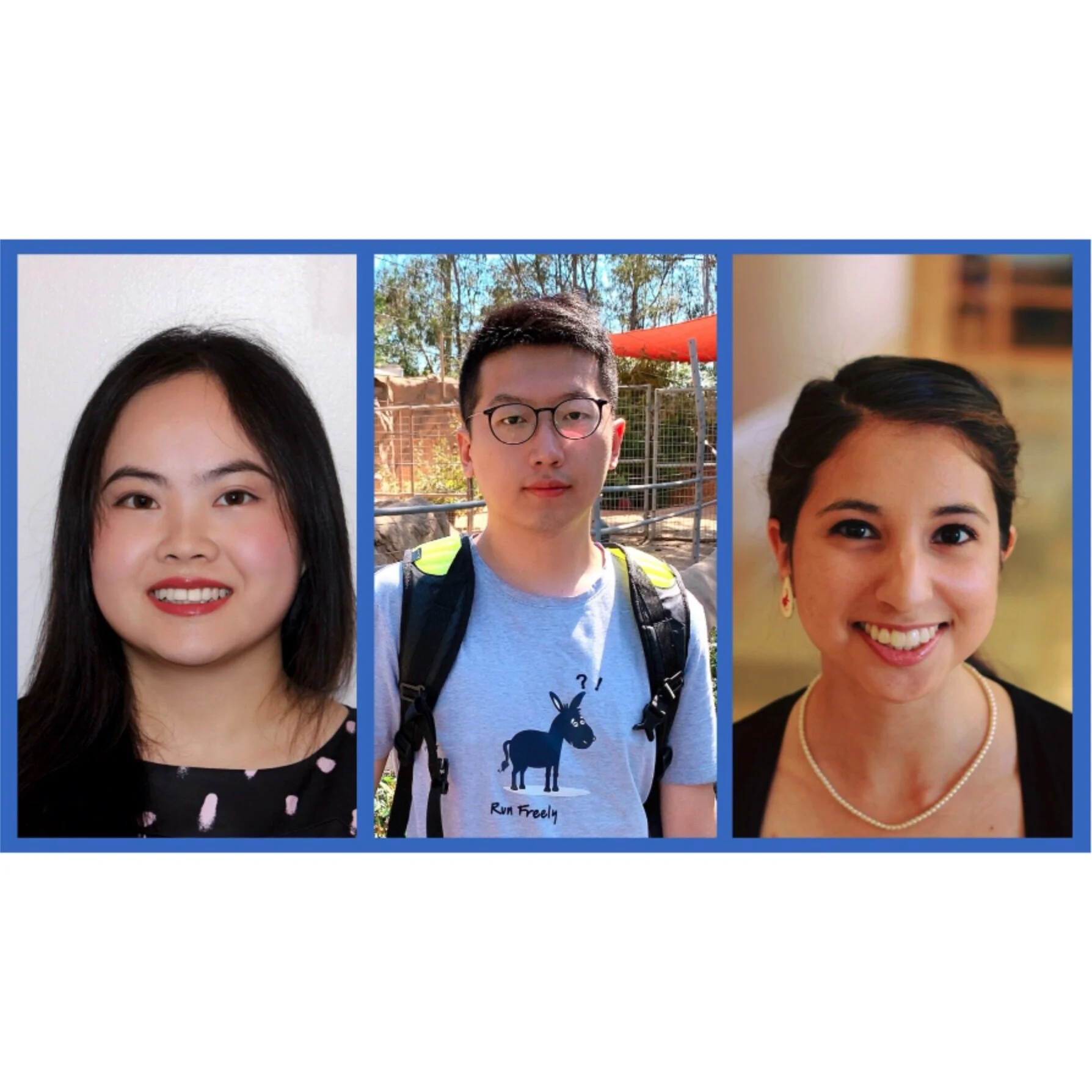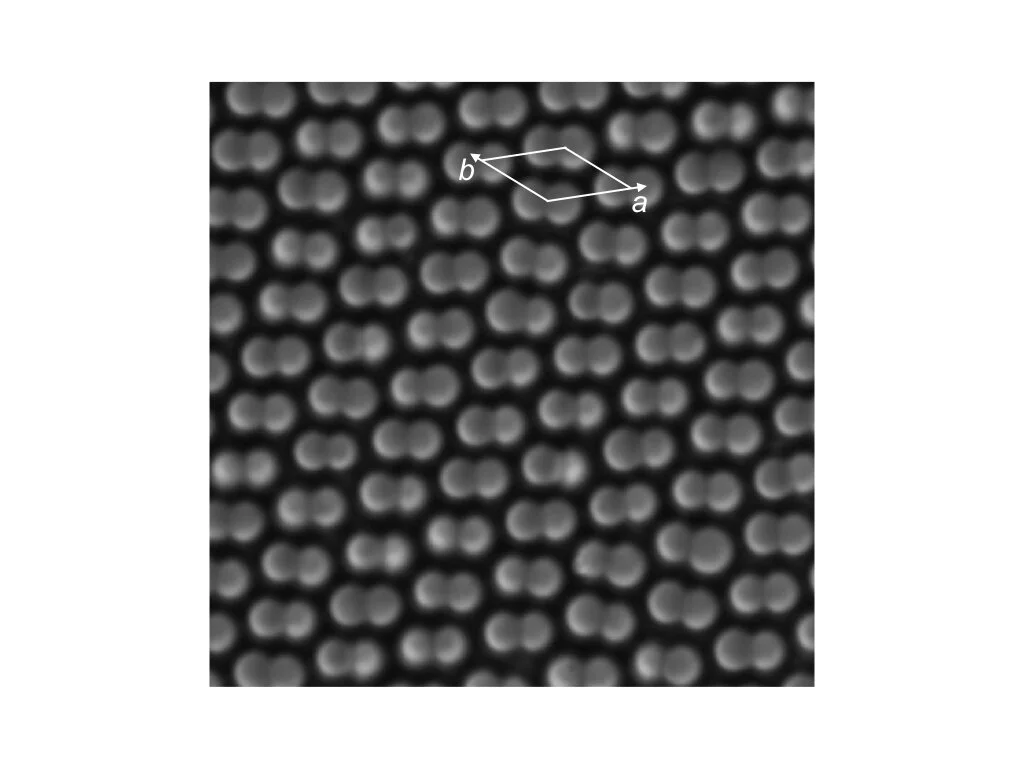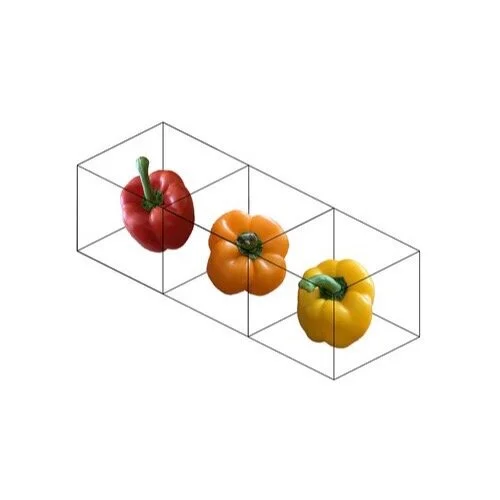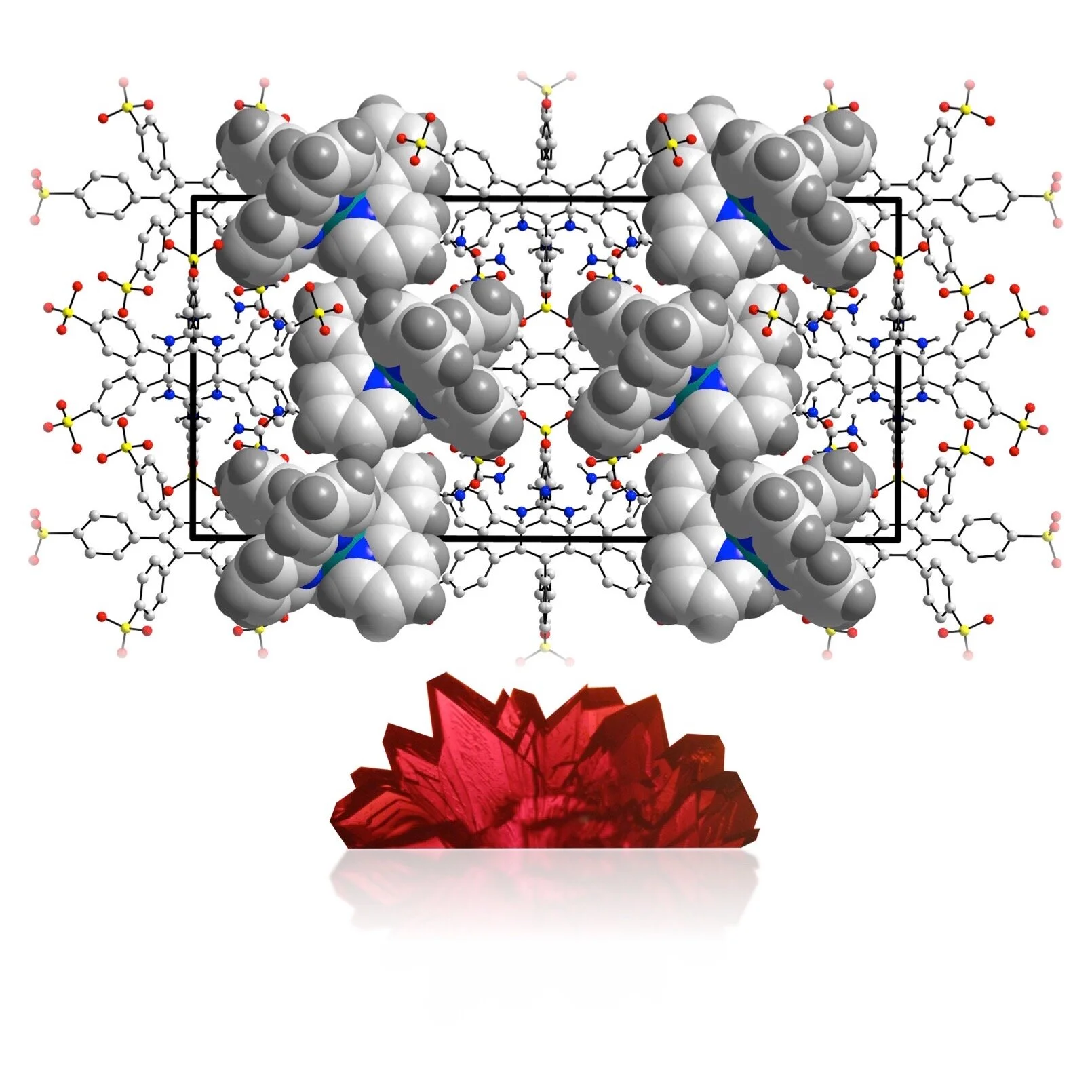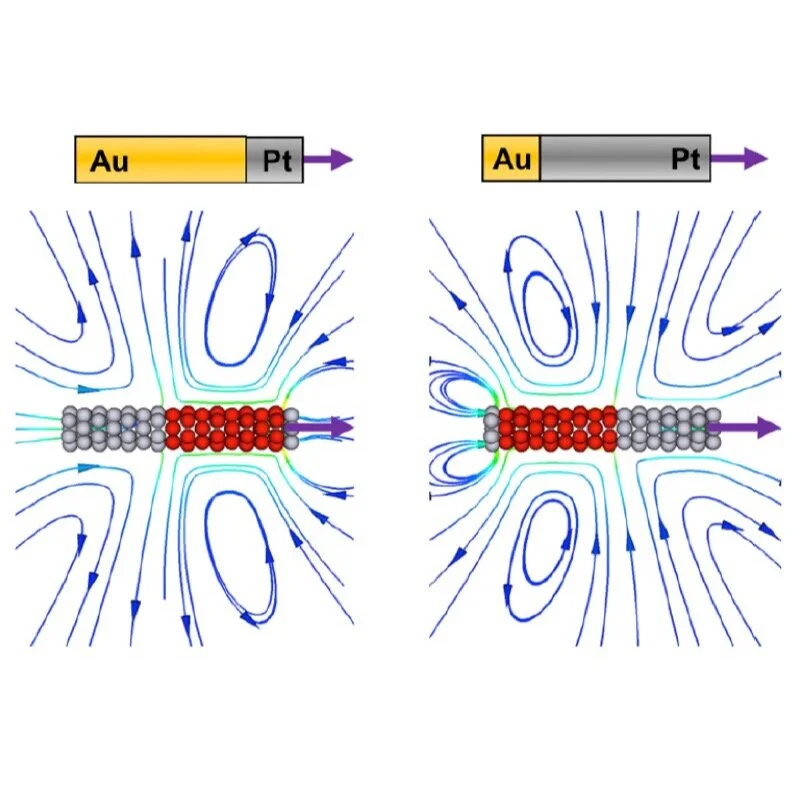
Hydrogen-Bonded Frameworks for Structure Determination
Graduate students Anna Yusov and Allie Dillon, along with Merck collaborators Mohammad T. Chaudhry, Justin A. Newman and Alfred Y. Lee, reported a comprehensive investigation aimed at benchmarking the utility of guanidinium organosulfonate (GS) host frameworks for structure determination of guest molecules for which X-ray structure determination can be elusive, such as liquids and olis. The team expanded on previous results through a head-to-head comparison of the GS method with adamantoid "molecular chaperones,” which have been reported to be useful hosts for structure determination. Inclusion compounds limited to only two GS hosts are characterized by low R1 values and Flack parameters, infrequent disorder of host and guest, manageable disorder when it does exist. The structure of some target molecules that were not included or resolved using the adamantoid chaperones were successfully included and resolved by the GS hosts, and vice versa. Of the 32 guests attempted by the GS method, 31 inclusion compounds afforded successful guest structure solutions, a 97% success rate. The GS hosts and adamantoid chaperones are complementary with respect to guest inclusion, arguing that both should be employed in the arsenal of methods for structure determination. Furthermore, the low cost of organosulfonate host components promises an accessible route to molecular structure determination for a wide range of users. The work was reported in ACS Materials Letters. Find the publication here.
